How to Enable the Dark Mode on iPhone, iPad or a Mac?
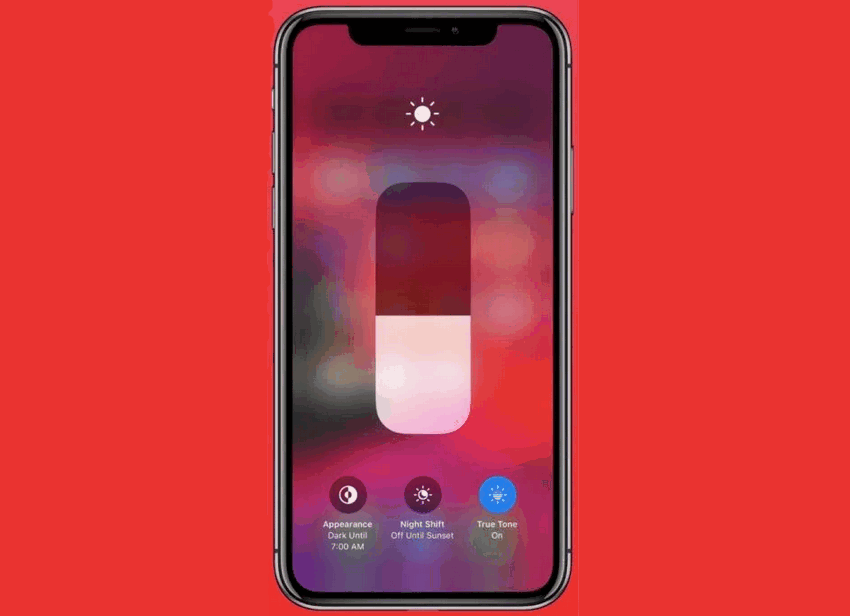
Using Apple devices with iOS 13, iPadOS 13, or later versions offers several easy options to enable Dark Mode. This guide will walk you through these steps in a straightforward and user-friendly manner.
How to Enable Dark Mode on iPhones?
- Open the Settings app on your device.
- Tap on Display & Brightness.
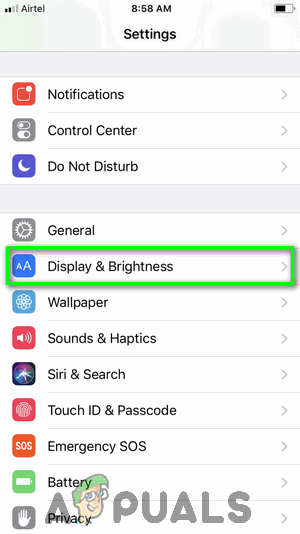
Tap on Display & Brightness in Settings - In the Appearance section, select Dark to turn on Dark Mode. To turn it off, simply choose Light instead.
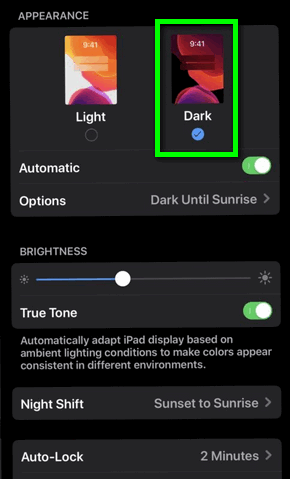
Tap on Dark to enable Dark Mode
You can quickly access Dark Mode from anywhere on your device via the Control Center.
- Press and hold the Brightness slider.
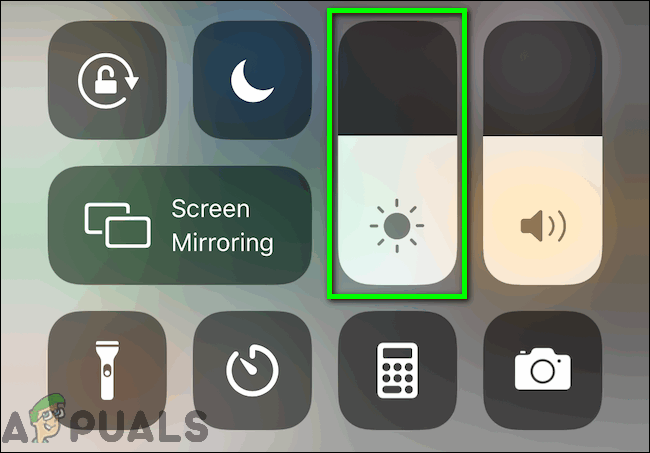
Press and hold the Brightness slider - Tap the Dark Mode button to enable it. To disable, just tap the button again.
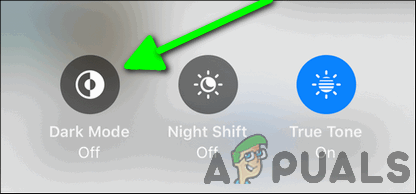
Tap on the Dark Mode button
If you frequently use Dark Mode, you can make it even easier to access by adding a dedicated toggle in the Control Center:
- Go to the Settings app.
- Select Control Center.
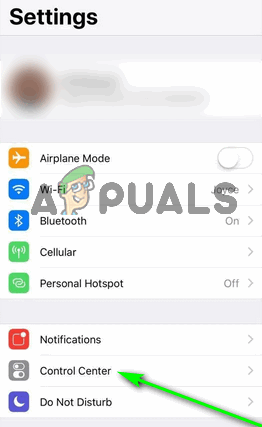
Tap on Control Center - Tap Customize Controls.
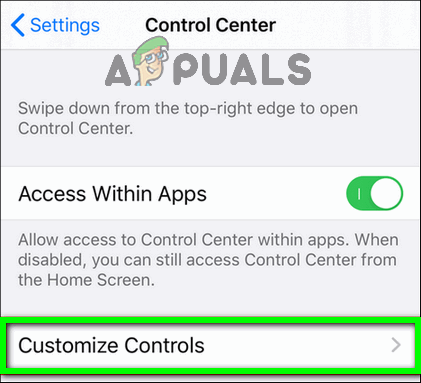
Tap on Customize Controls - In the More Controls section, find Dark Mode and tap the + button next to it.
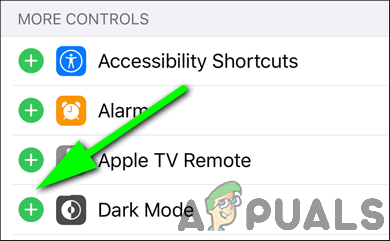
Tap the + next to the Dark Mode option
Once you’ve added it, access your device’s Control Center, where you’ll find a dedicated Dark Mode toggle, allowing you to enable or disable the feature with ease.
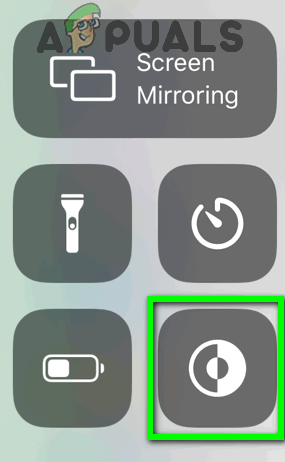
How to Enable Dark Mode on a Mac?
Finding a way to darken your Mac’s interface is now simple with macOS Mojave or later, as Dark Mode is built-in. This feature not only reduces eye strain but also helps you focus by minimizing window appearances. Here’s how to enable Dark Mode on your Mac:
- Click the Apple menu (located at the top of the screen).
- Select System Preferences…
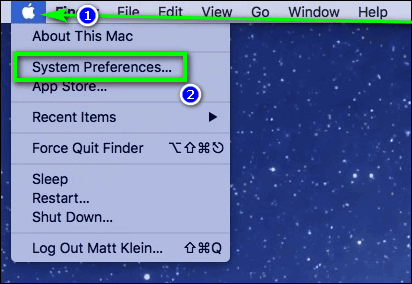
Click on the Apple menu and then on System Preferences… - Choose General.
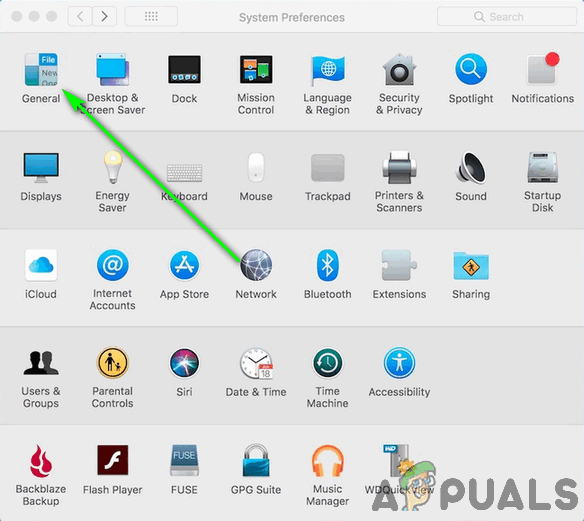
Click on General - Under Appearance, select Dark to enable it. To disable, just choose the Light option.
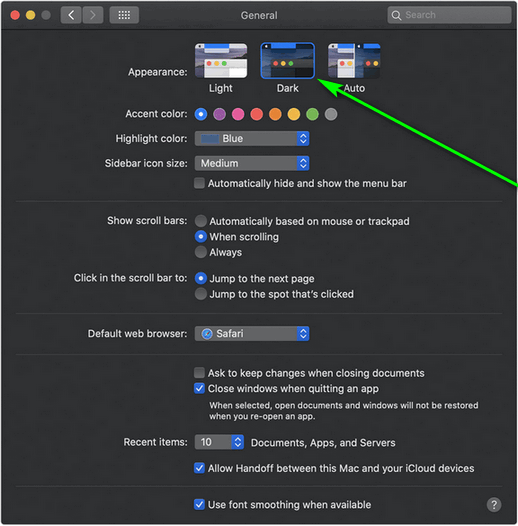
Click on the Dark option next to Appearance
Note: For macOS Catalina or later, you can choose the Auto option to automatically enable Dark Mode at night and disable it during the day.





